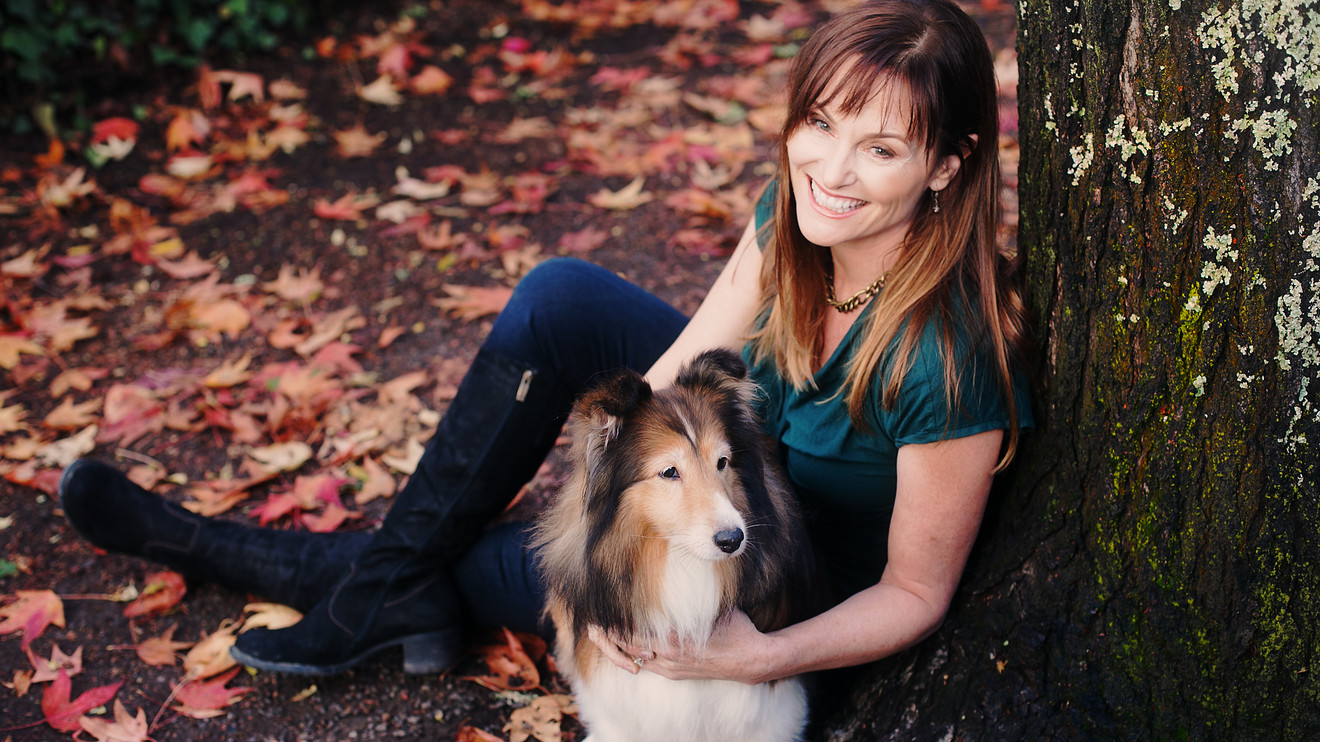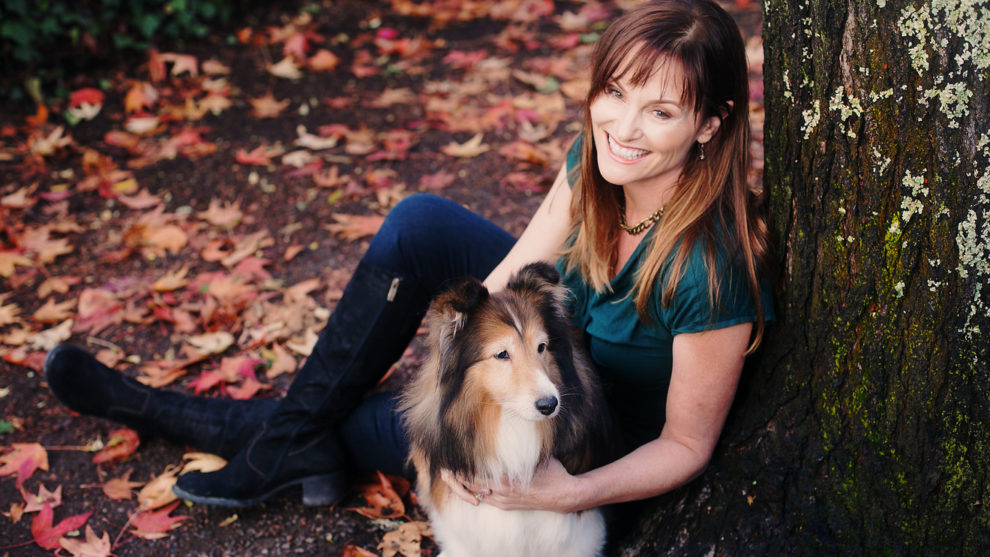
When Kristin Morrison was in her mid-20s, she had no idea what she wanted to do with her life. It was the mid-1990s. She had no career and no direction. She was living in Tiburon, Calif., just over the Golden Gate Bridge from San Francisco, taking classes and trying to figure things out.
Then one day she went for a walk, and everything changed.
“When I talk about it, I get chills,” she says now.
On that hike she met a woman walking two dogs. The woman wore a T-shirt that advertised a dog-walking business. “It wasn’t a thing, like it is now,” she says. “I thought, ‘Can people get paid for this?’ ”
Morrison introduced herself. The two got to talking. The woman hired her. Three months later Morrison had started her own business, Woof! Pet Sitting Service. “I just realized this is what I should be doing,” she says. “I loved to walk, and I love animals. … To be able to combine the two was mind-blowing to me.”
Don’t miss: Here’s the No. 1 highest paid, most in-demand job in every American state — in one chart
By 2013, when she sold the business for an amount she says she can’t reveal, it had more than 30 employees and had generated “millions of dollars in revenues,” Morrison says. By then she had been working just three days a week for more than a decade. Her income broke the $100,000 barrier in the early 2000s, and from there “it went up and up and up,” she says. According to the U.S. Census, the average person in Morrison’s Marin County, Calif., made $44,000 in 2001 and $72,000 today.
-Morrison now runs a business advising others on building pet-sitting and pet-walking businesses, and continues to make “a six-figure income,” she says. It is, aptly, called “The Six-Figure Pet Business Academy.”
Many people dream of working for themselves. Many, of course, dream of making money doing something they love. Many also dream of working three days a week. Morrison managed to do all of that.
-How did she do it? The turning point, she says, came in the early 2000s. Even though the company had been up and running for years and was growing successfully, she was still working seven days a week and often 12 to 14 hours a day. It’s a tale familiar to many or most small-business owners. “I woke up one day and realized, ‘I have no life,’ ” she recalls.
She made a drastic change. She slashed her involvement in the day-to-day minutiae of the business so she could focus on the big picture, dealing with clients and key matters like hiring the right employees. “I thought, ‘My business is growing, I need to grow, too. I need to be the captain of the ship, on deck, instead of being in the belly of the ship,’ ” she says. She stopped walking or sitting pets herself. And she promoted one of her employees to take over day-to-day management.
“In a year I went from working seven days a week to three days a week, and… I doubled what I’d made the previous year, doing a lot less work.”
The reason, she says, was that she “had more freedom, and I was making more money, because I had more energy. … I would connect with the clients. I was able to more thoughtfully deal with things. I was also able to look at who was on my team who was dragging us down.” She expanded the business to the entirety of Marin County and into Sonoma County. “It’s a numbers game,” she says.
Morrison struggled early on. “I didn’t know what I was doing,” Morrison says. “I had never run a business before. I didn’t know how to get clients. I wasn’t a very good boss in the beginning. I told people what to do. I was like, ‘They work for me,’ ” rather than, ‘They work with me.’ You really need to be a team.”
She took business classes at a local community college and read a lot of books on how to run a business. Eventually she figured things out.
These days nonveterinary pet-care services are big business. Pet owners are on track to spend more than $6 billion on grooming, walking, sitting and related services this year, according to the American Pet Products Association, a trade body.
What’s her advice for those dreaming of following her path into dog walking, or just into starting a business? “Don’t give up your day job [too soon],” she says. “That’s like asking a business to support you before it’s ready.” You need to advertise. “Hire a Facebook advertising expert,” she says. “Facebook FB, +0.05% ads are very important, and there’s a learning curve.” For locally based services such as dog walking, also look at advertising on Nextdoor.com, a social-media site serving local communities. Look at your competitors before setting your price. And try to set yours in the middle of the pack. Don’t be the low bidder, Morrison warns: Customers are wary of any company whose prices seem unrealistically low.
Anyone who wants to get work as a dog walker needs to establish contacts with local veterinary clinics, dog groomers and other related businesses. “They’re your direct line [to pet owners],” Morrison says. Give them your business cards and, if possible, leaflets. Check with your local humane society to see if it offers classes and training.
Oh, and get business insurance. “I wouldn’t go into business without it. I wouldn’t even think of it,” says Morrison. “There’s special pet sitters’ insurance.”
Oh, and here’s an inside trick: If you’re starting out in business as a pet sitter, look for cats instead of dogs. They’re usually much more flexible and lower-maintenance.
The Moneyist: A letter from a reader on the poverty line: ‘I know what it means to go hungry for five days until you get your next paycheck’






